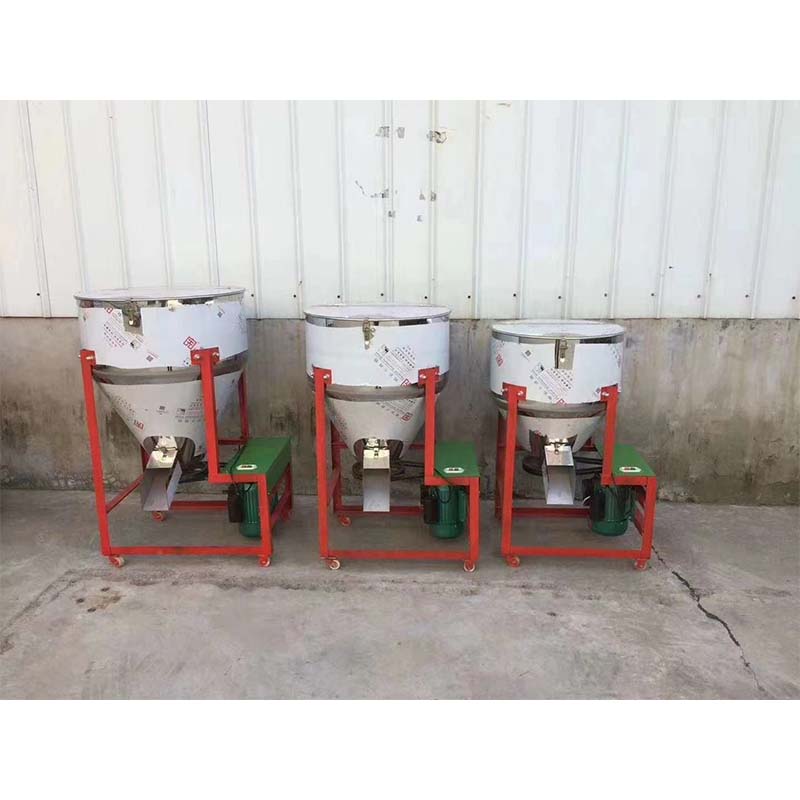Optimal Performance of Evaporative Cooling Pads for Enhanced Indoor Climate Control Solutions
Jul . 30, 2024 14:52 Back to list
Optimal Performance of Evaporative Cooling Pads for Enhanced Indoor Climate Control Solutions
The Role of Evaporative Cooling Pads in Modern Cooling Solutions
As the world continues to grapple with rising temperatures due to climate change, innovative cooling solutions are becoming increasingly essential. Among these, evaporative cooling pads have emerged as a cost-effective and environmentally friendly option for maintaining comfortable indoor climates.
Evaporative cooling, also known as swamp cooling, operates on a simple yet effective principle it cools air through the evaporation of water. In this process, warm air is drawn through moisture-saturated pads, which cause the water to evaporate, subsequently lowering the air temperature. This method has been particularly popular in dry climates where humidity levels are low, making it a viable alternative to traditional air conditioning systems.
One of the most significant advantages of evaporative cooling pads is their energy efficiency. Compared to conventional air conditioning units that rely on refrigerants and consume substantial electricity, evaporative coolers typically use up to 75% less energy. They function on the principle of using a fan to pull in hot air and converting it into cool, fresh air, thus drastically reducing electricity costs. This energy efficiency not only benefits consumers financially but also lessens the environmental impact associated with high energy consumption.
In addition to being energy-efficient, evaporative cooling pads are also environmentally friendly. These systems primarily rely on water as a cooling agent, significantly lowering greenhouse gas emissions compared to traditional cooling methods. By utilizing natural processes and materials, evaporative coolers generate a minimal carbon footprint, making them an attractive option for eco-conscious consumers and businesses.
evaporative cooling pad

Evaporative cooling pads come in various materials, each offering unique characteristics. Typically made of cellulose, aspen, or synthetic media, these pads are designed to maximize water absorption and airflow. Cellulose pads, for example, have a larger surface area, which enhances evaporation rates and improves cooling efficiency. Furthermore, they are often treated to resist mold and mildew, which is crucial for maintaining air quality in the home.
Installation and maintenance of evaporative cooling systems are generally straightforward and less intensive compared to central air conditioning systems. These coolers can often be installed in existing windows or on rooftops, making them accessible for both residential and commercial applications. Regular maintenance primarily involves cleaning or replacing the pads and ensuring that the water supply is functioning correctly, which is a simple task for most homeowners.
Though evaporative cooling pads are well-suited for dry climates, there are some limitations to consider. In areas with high humidity, the effectiveness of evaporative cooling significantly decreases, as the air already contains a higher moisture content, inhibiting further evaporation. Consequently, regions with high humidity typically rely more on traditional air conditioning systems to achieve desired comfort levels.
In summary, evaporative cooling pads offer an innovative, energy-efficient, and environmentally friendly solution for air conditioning, particularly in dry climates. By harnessing the natural process of evaporation, these systems can provide effective cooling at a fraction of the energy cost associated with conventional methods. As global temperatures continue to rise, the demand for sustainable and efficient cooling options will only increase, making evaporative cooling pads a critical component of modern cooling solutions. With the right application and maintenance, they can enhance indoor comfort while promoting energy savings and environmental responsibility.
-
Hot Sale 24 & 18 Door Rabbit Cages - Premium Breeding Solutions
NewsJul.25,2025
-
Automatic Feeding Line System Pan Feeder Nipple Drinker - Anping County Yize Metal Products Co., Ltd.
NewsJul.21,2025
-
Automatic Feeding Line System Pan Feeder Nipple Drinker - Anping County Yize Metal Products Co., Ltd.
NewsJul.21,2025
-
Automatic Feeding Line System - Anping Yize | Precision & Nipple
NewsJul.21,2025
-
Automatic Feeding Line System - Anping Yize | Precision & Nipple
NewsJul.21,2025
-
Automatic Feeding Line System-Anping County Yize Metal Products Co., Ltd.|Efficient Feed Distribution&Customized Animal Farming Solutions
NewsJul.21,2025






